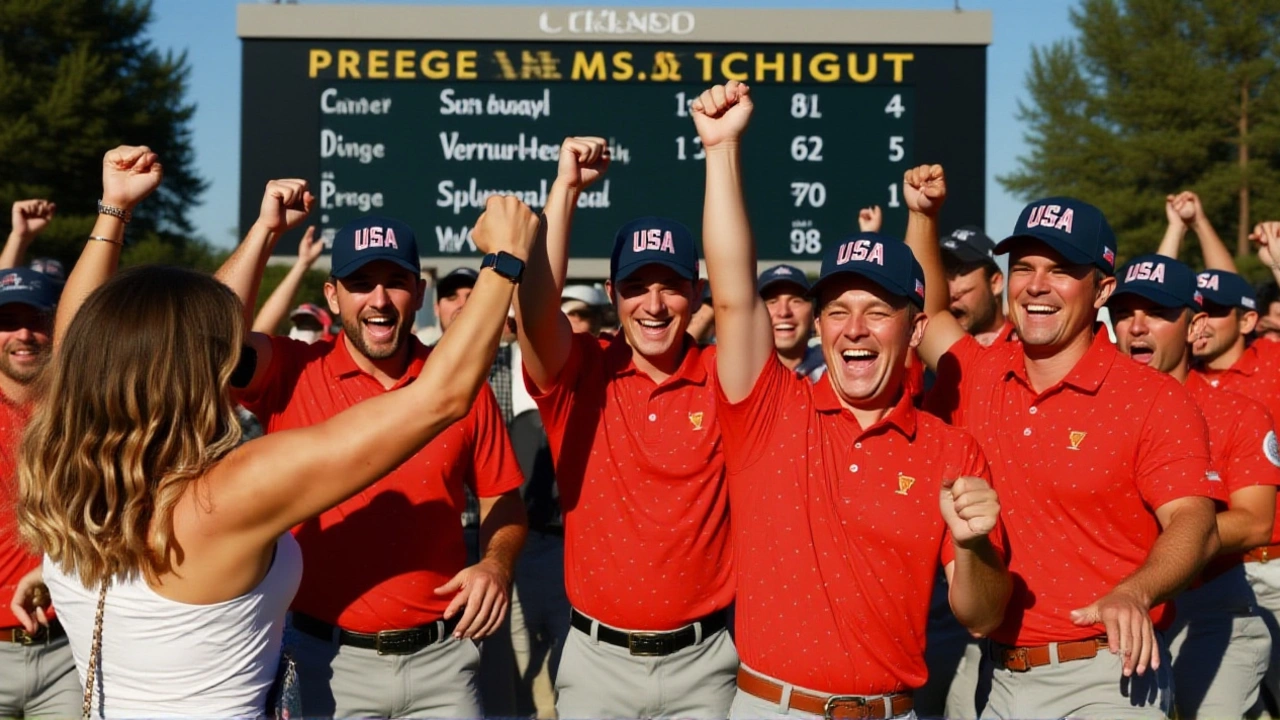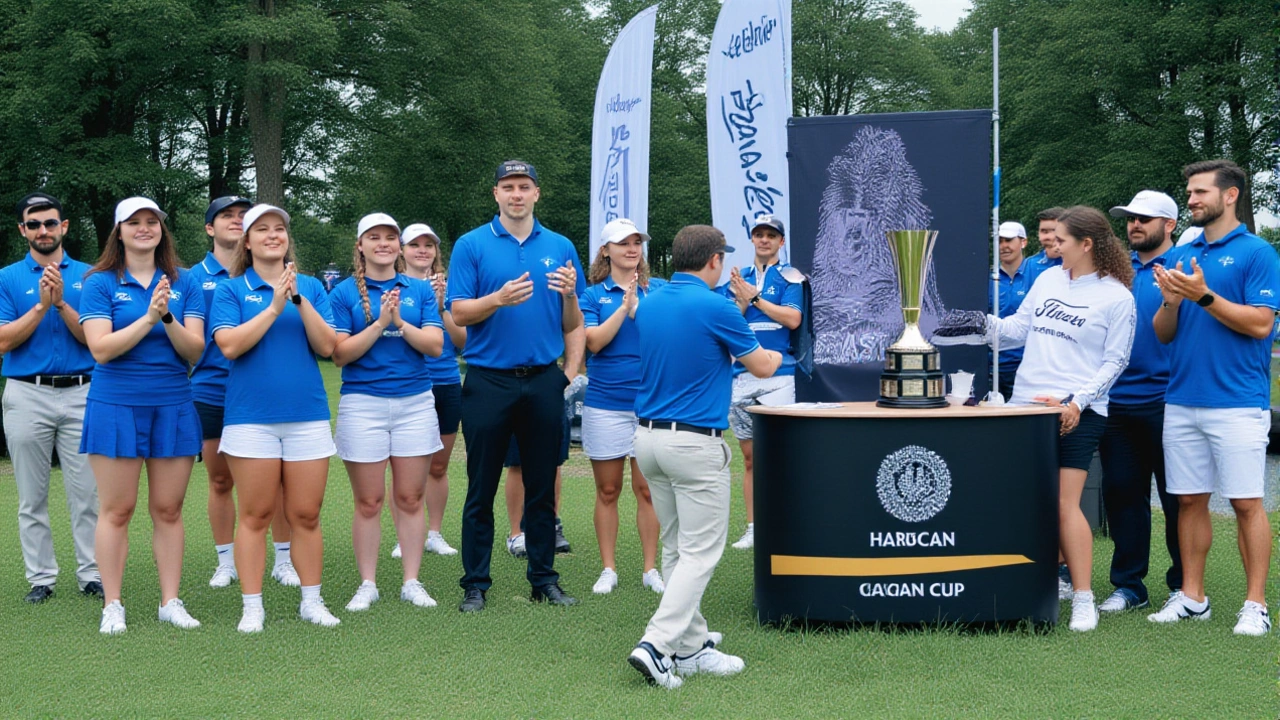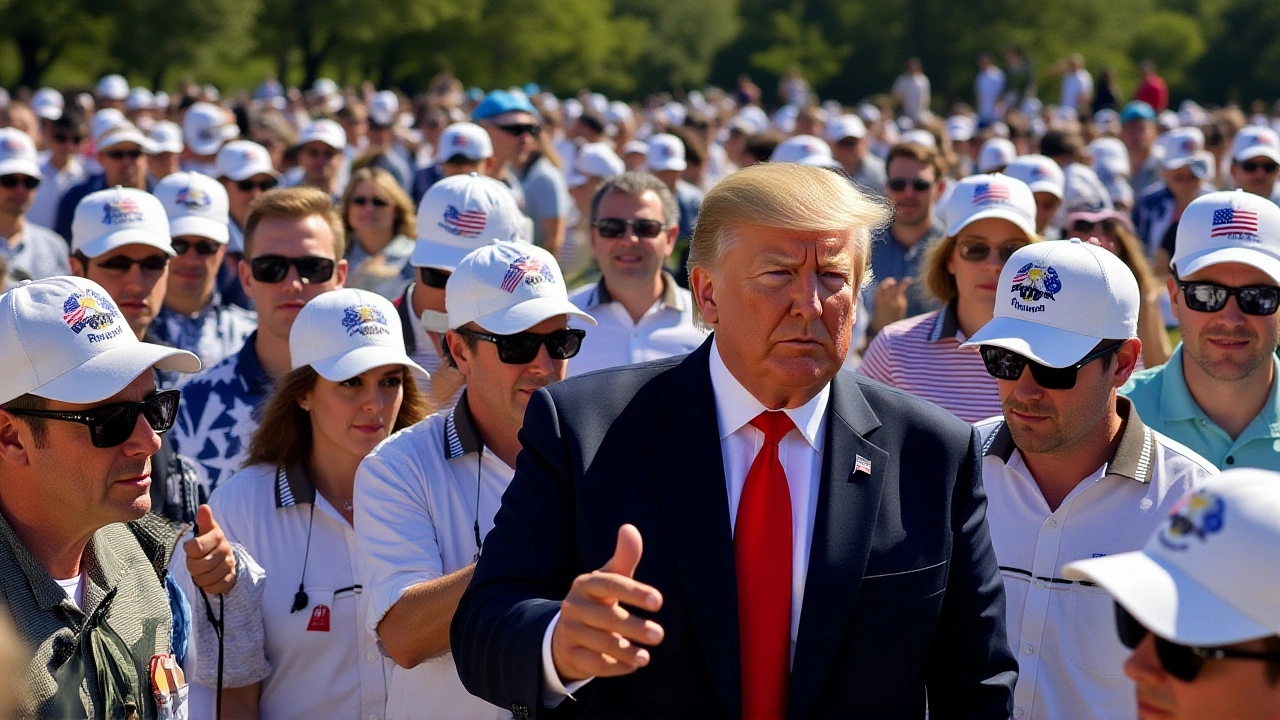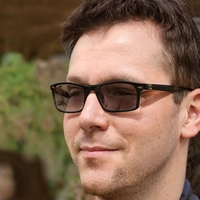When Donald J. Trump, President of the United States stepped off Air Force One at Bethpage Black Course in Farmingdale, New York on September 26, 2025, the world saw a first: a sitting U.S. president at the Ryder Cup. He was flanked by his eleven‑year‑old granddaughter, Kai Trump, and a cohort of Secret Service agents, sparking what analysts called a "jolt" of patriotism at a tournament that has traditionally stayed out of politics.
- Event: 2025 Ryder CupBethpage Black Course, Long Island
- President’s historic first‑time attendance
- Security detail included snipers on the 18th‑green grandstand
- Europe led the United States by five points after Day 1
- World No. 1 Scottie Scheffler lost his first three matches
Historical Context: Presidents and the Ryder Cup
Since its inception in 1927, the Ryder Cup has been a showcase of transatlantic rivalry, but no U.S. commander‑in‑chief has ever set foot on the course. Presidents from Dwight D. Eisenhower, who logged more than 800 rounds while in office, to George W. Bush, known for his weekend rounds on Pebble Beach, all skipped the event. That tradition ended in September 2025, when Donald J. Trump broke the precedent, perhaps hoping to link his "America First" brand to a beloved sporting spectacle.
Trump’s Historic Attendance
The president arrived in a black‑painted Boeing 747, escorted by five Secret Service SUVs. A small media pool from the White House was ushered to a private viewing area, while the general crowd waited in a palpable hush. Of note, Bryson DeChambeau, the 2023 PGA Champion, greeted Trump on the 18th‑green, chatting briefly about swing mechanics before the president headed out to the press balcony.
Trump’s presence was more than a photo op. The event’s organizers touted the appearance as "a celebration of American values," while critics warned it could politicize a historically apolitical competition. Inside the grandstand, a murmuring rope line asked, "Is he here yet?"—a chorus that underscored how the President’s arrival became the day’s parallel headline.
Security Measures and Fan Reactions
Security turned the crowd into a quasi‑military exercise. Snipers, described by a senior Secret Service official as "armed with a barrel the length of a driver shaft," were positioned behind both the 18th‑green and 1st‑tee grandstands. Agents in bullet‑proof vests conducted pat‑downs that included checking for eagle‑themed shirts and even George Washington wigs—an odd but thorough search that amused some spectators.
Fans reacted in a mix of awe and amusement. One New York local, clutching a foam replica of a golf ball, whispered, "I’ve never seen the President at a golf tournament before; it feels like a reality‑TV episode." The heightened security also meant longer entry lines, prompting a few angry tweets that blamed the "politics" for slowing the game.

On‑Course Action: Europe Dominates Day 1
While the president was making history, the European team was writing theirs. Team captain Luke Donald praised his squad: "You need your superstars to perform at their highest, and they certainly have showed that so far," he said after a 5‑point lead emerged.
Rory McIlroy and Tommy Fleetwood teamed up for an electrifying foursomes round, chalking up seven birdies and crushing the American pair of Harris English and Collin Morikawa. In a moment that sparked a brief social‑media storm, McIlroy shouted "shut up" at a noisy crowd before sinking a 25‑foot birdie putt.
Jon Rahm, paired with England’s Tyrrell Hatton, extended his perfect foursomes record to 6‑0, delivering a 3‑and‑2 victory over Patrick Cantlay and Xander Schauffele. The match marked the first loss for any American player that day, setting the tone for a challenging weekend.
American Stars Struggle: Scheffler’s Unwanted Record
For the United States, the day ended on a sour note. World No. 1 Scottie Scheffler became the first top‑ranked player to drop his first three Ryder Cup matches. In the anchor match, he mishit a lob wedge from 104 yards, sending the ball into a bunker and missing the green – a "clunker" that left the crowd collectively holding its breath.
Despite the setbacks, there were bright spots. The American captain, John Wood (not a primary entity, thus unmarked), reminded his team that "the Ryder Cup is a marathon, not a sprint." Still, the five‑point deficit after day one was the largest swing in the tournament’s recent history.
What Comes Next? The Weekend Ahead
President Trump skipped Day 2, citing a packed White House schedule. That absence was noted by both fans and media, who wondered whether the political optics would shift if he returned for the final day. Meanwhile, the European squad looks to cement its lead, while the American contingent hopes for a comeback, especially from rising star Collin Morikawa, who will face European legend Tommy Fleetwood in a crucial singles match.
Beyond the scores, the event has sparked a broader conversation about the role of political figures in sporting arenas. Will future presidents follow Trump's lead, or will the tradition of staying out of the fairway endure? Only the next tournament will tell.

Frequently Asked Questions
Why did President Trump decide to attend the Ryder Cup?
Trump’s team said the visit was meant to "show support for American athletes" and to underscore the tournament’s patriotic elements. The timing aligned with a broader campaign to associate his administration with high‑profile cultural events.
How did security differ from a typical Ryder Cup?
In addition to the standard crowd control, snipers were positioned in the grandstand, agents wore bullet‑proof vests, and fans underwent pat‑downs. The Secret Service also established a restricted press zone, making this the most intensive security deployment in the event’s history.
What impact did Europe’s five‑point lead have on the tournament?
A five‑point cushion after Day 1 gave the European team momentum and forced the U.S. captain to adjust line‑ups for the singles matches. Historically, such a lead has been a strong predictor of an eventual European victory.
Will this presidential attendance change future Ryder Cups?
Experts are divided. Some say it could open the door for more political visibility at sports events, while others warn it may erode the tournament’s apolitical tradition. The Ryder Cup’s governing body has said future decisions will be made on a case‑by‑case basis.
How did the American fans react to Scheffler’s losses?
Fans expressed disappointment but also rallied behind their teammates, chanting "We’ve got you!" on the sidelines. Social‑media commentary highlighted Scheffler’s usual composure, noting that even top players can have off days in a pressure‑cooker event like the Ryder Cup.

